The phone rang last week and I became unreasonably excited. The nice chaps at London Camera Exchange in Guildford had come through for me once again and snagged one of the very first production 23mm F2 R WR lenses to make it into the wild in the UK.
To put this news into context, a little history. For much of the past 25 years I was a Leica man. I used them all — LTM, R and M. Not the digitals, save for the Panasonic clones. I never felt they quite got them right, from the lamentable M8 onwards. I always travelled light by choice — one or sometimes two M bodies (an M7 .85 and an occasional M2), a 50mm Elmar-M, a 35mm Summicron and a 90mm Elmarit-M.
When I felt the need for reach I added a 135mm but that core “holy trinity” of 35-50-90mm focal lengths formed the basis of my go-anywhere, do-anything travel kit for a couple of decades. With it I could shoot pretty well whatever I wanted and it served me in good stead from Hawaii to Hanoi, from the Cape of Good Hope to the Arctic Circle.

Seeing the light
When I saw the light a few years ago and bailed out of Leica ownership in favour of Fuji X the one thing that gave me pause was that I couldn’t easily duplicate that favourite prime lens combination. The body was not a problem — the X-Pro1 knocked the Leica digital Ms into a cocked hat in terms of capability, handling and reliability and the X-Pro2 raised the ante in every way when it debuted a few months ago.
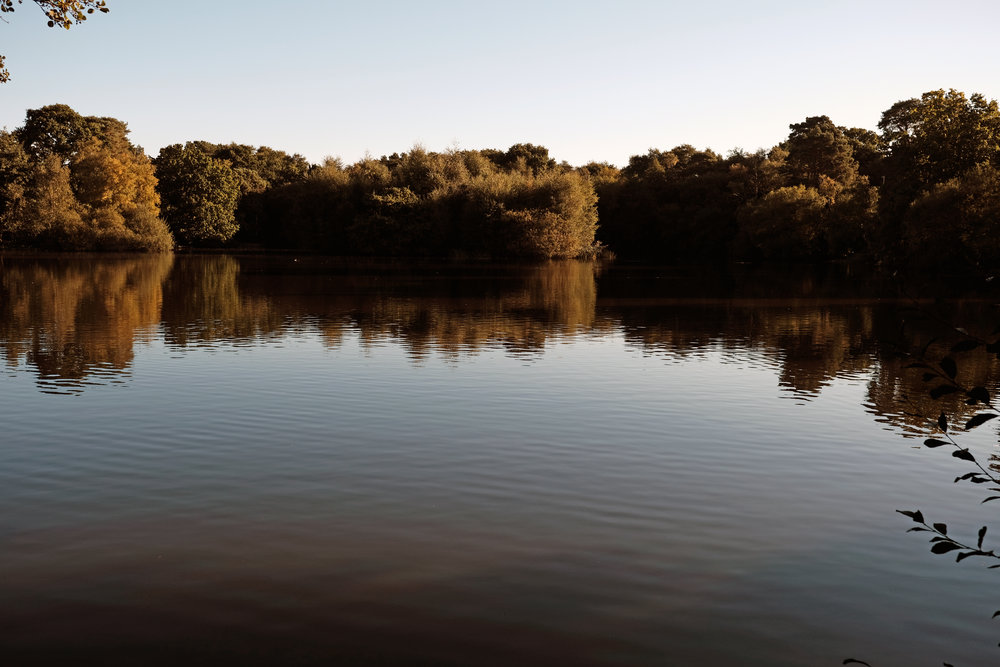
But I confess that the lens choice lagged behind a bit. There is some superlative glass in the Fujinon lineup but in the prime side of the house the design focus (pun fully intended) was originally on speed rather than compactness. The only really small lens in the lineup was the 27mm (40mm equivalent) “pancake” that, decent though it is, is a tad slow, lacks an aperture ring and is, let’s face it, at the cheaper end of the range in terms of construction.
Things changed with the introduction of the 35mm F2.0 WR at the back end of 2015. This is a superb general purpose lens, very well suited to travel use. It looks like a Summicron, it handles like a Summicron and by golly it delivers the goods. Even though I already had the exceptional 35mm F1.4, I was first in the queue for the new boy. The weather-resistance was a bonus, which really came into its own with the advent of the X-Pro2. I happily paired it with the 60mm f/2.4 and felt that I was two thirds of the way there. I wrote my opinions of this lens and compared it to the 27mm in December 2015.
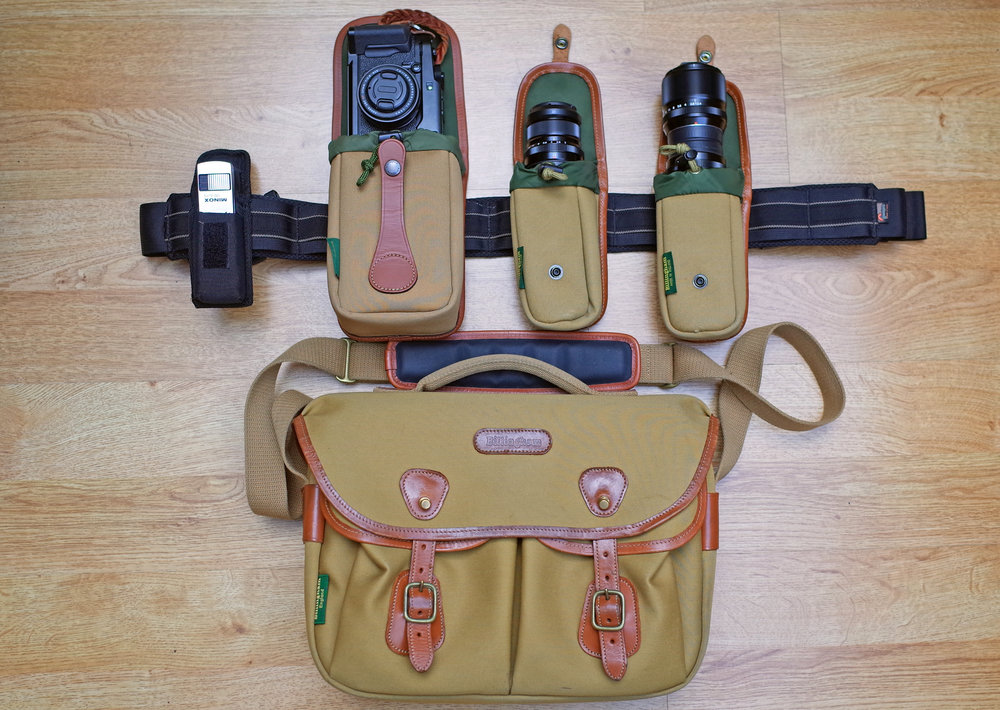
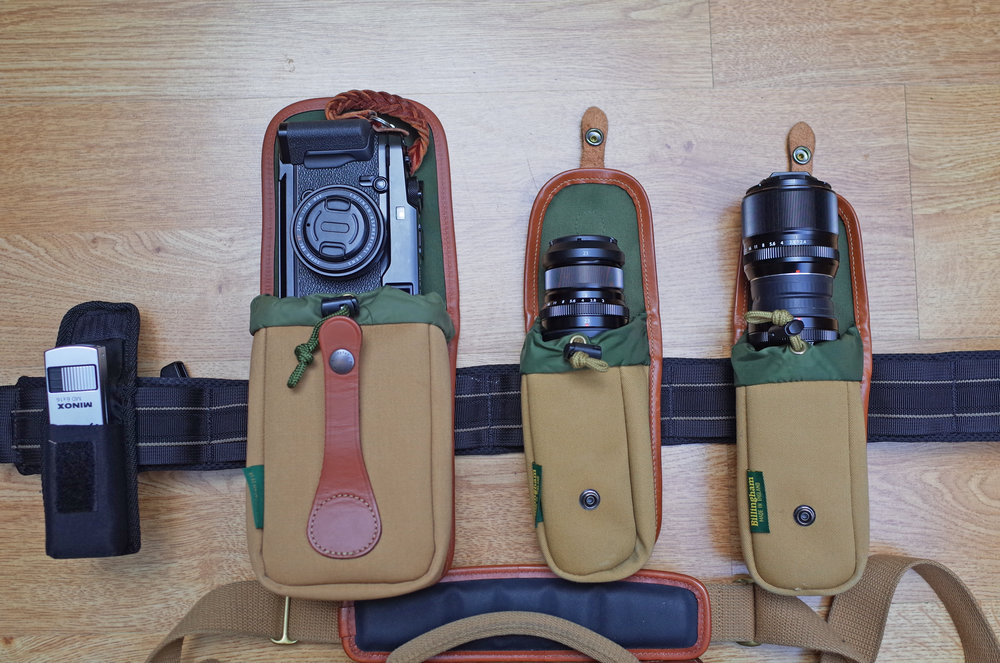
Compact Thirty-five
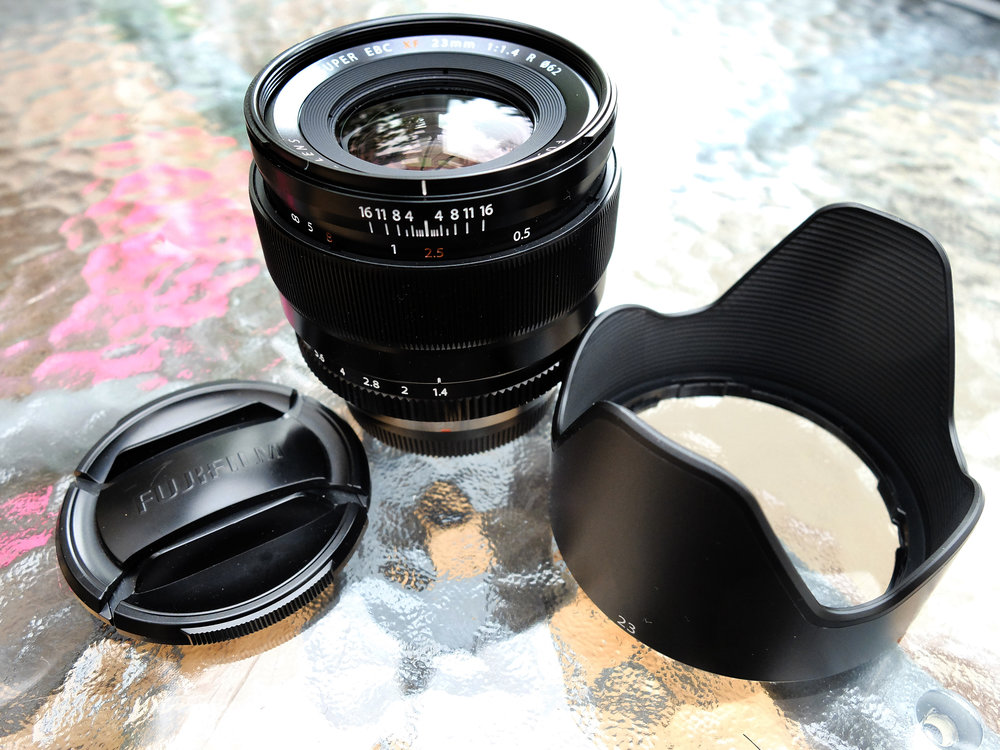
What was missing at that point was a compact 35mm equivalent. The 23mm f/1.4 is a lovely lens, but with a girth concomitant with its speed. I had one for a time, but I never quite got on with it. Of the three, the 23mm (35mm equivalent) is my least used focal length, so I found myself indulging in lens “displacement” — in the same way that I had previously sold my 18mm and “replaced” it in my bag with the Ricoh GR, so the X100T became my effective 23mm du jour.
This approach does offer a fundamental benefit in that it provides both focal length and backup camera in one, but I’m the first to admit that a whole compact camera tends to be bigger than just a lens, so it is a cludge at best.
There were those who said that we would never see a compact 23 in X-mount — that Fuji was afraid of cannibalising the sales of the X100T — but I was more hopeful. I pointed out back in July that the X100 line has little to fear from such a lens and I was right. Imagine my delight when the swirling rumours coalesced into the lens I now hold in my hand. So my quest is over, my lineup complete. Or is it?

Let’s look at the pros and cons of this newest offering from Fuji.
It comes in the standard Fujinon black box, complete with caps, a natty pouch and a lens hood. Now that lens hood is an interesting beast. It takes the 43mm lens cap provided and is of the “inverted” variety. That is to say that it does not splay out, but instead has an aperture at the front the same size as the lens front element. I rather like this style; as the head-to-head picture clearly shows I have something similar from JJB on my X100T and it certainly protects the glass and keeps out the stray light.
The hood for the new 23 is made of plastic and held on by a bayonet mount and feels like it could take some punishment. I have to confess at this point to not being a fan of Fuji hoods for their prime lenses in general. I usually replace them with something third-party as I have on both my 35s, and leave the original in the box along with the receipt, instructions, little plastic bags and original lens cap . But this one is eminently usable for once. A little tip for you here: When shooting for this article I realised that the standard X100 metal lens cap actually fits the new 23mm with the hood in place, like a glove. I have ordered myself a spare as a result, and will be using it in place of the plastic snap cap as soon as it turns up.

Dockers’ caps
Whilst on the subject of caps, the rear one is noticeably tight-fitting on the 23mm f/2 — something to do with the weather resistance, perhaps? — with a grip that a docker would be proud of. Personally, I like my rear caps to be snug but not hard to remove (that way lies missed shots and dropped lenses) so this one went back in the box.
In any event I have cobbled together for myself a back-to-back lens coupler very similar to the one that Leica used to market for its R and M lens ranges. This useful little accessory means that in a taller camera bag you can mount two lenses together rather than stacking them one on top of the other. It’s a simple idea, it works well and I’m surprised nobody other than Leica ever tried it — and even they don’t do the rings anymore. I wonder sometimes if there is an enterprising little manufacturer out there who could…
Back to the plot. The differently shaped hood also has the advantage of helping to differentiate the 23mm f/2 from its slightly older sibling, the 35mm f/2. This can be more of an issue than it sounds. The twenty-three is very slightly longer, but they are very much cut from the same cloth. Hoodless in a bag or pocket you would be very hard pressed to tell one from the other by touch alone. Just like the 35mm, the lens tapers from the mount to the front element, which is good for use on the X-Pro2 since it minimises the extent of the viewfinder blockage that results in the lower right corner of the OVF. From a handling and indeed visual point of view it also strengthens the overall “Leicaness” of both lenses, making them closely resemble a 1980’s era 50mm Summicron.
Make no mistake, this is a “proper” lens, with a nicely click-stopped aperture ring — a tad less stiff than that on the 35 — and a well-proportioned focus ring, appreciably larger than the equivalent on the 35. It is things like that which make it cry out to be manually focused. Mounted on the X-Pro2 where it rightly belongs it is a very well balanced lens, with that hood doing an excellent job of keeping stray fingers out of the way of the glass.

Core set complete
So my new core travel set is complete. It fits easily into a small bag such as a Domke F-5XB and as the title of this piece suggests, I do feel like I have come full-circle to the extent that I have laid out — on the very same floor — a very similar setup to the one I travelled with 10 to 15 years ago. Fuji don’t do a collapsible lens so I have cheated slightly by including the nearest Fujinon equivalent in terms of compactness — the 27mm pancake — but the principle is very much the same. Do not underestimate the value to the peregrinating photographer of a small, robust, flexible core kit. As I mentioned earlier, the Leica version accompanied me around the world, like an analogue Passpartout. I very much expect the modern Fuji variant to do the same.
All good then. But wait a minute… Can it perform?
‘Course it can. The first thing you notice about the new 23 in use is just how quiet it is. I mean deathly quiet. You could creep up on a roomful of nervous tabby cats with this one. The next thing is the speed of focus in real world use. I’ve seen the numbers and they are only part of the story. There’s a big difference between sterile numbers on a page and actual usage. It is blazingly fast; as fast as its 35mm sibling if not, subjectively, a shade quicker to lock on even in poor light. It is an internal focus design, so there is not a lot of metal to fling about, but even so it leaves scorch marks from a standing start. Let me say this as clearly as I can: This lens is quicker and better than you are. If your image is not in focus it is almost certainly the workman, not the tool. The new 23 really is one of those lenses that encourages confidence from the first time you mount it to your camera, whilst at the same time mercilessly punishing your mistakes. It will not flatter to deceive. Take a look at the shot of Oscar running towards the camera. I had no idea he was about to fly towards me and this was a snap shot. I missed focus but that was my own fault, not the lens (yes, of course I tried to re-create the shot to show how it should look but he wasn’t playing ball…)

Colour rendition is identical to that of the 35mm as you would expect, and entirely in line with Fuji “house performance”. These two lenses are peas in a pod with the exception of focal length and are just made to be used in tandem. Wide open, I’m finding the bokeh is a tad jittery for my taste, which does surprise me, but I haven’t done enough testing yet to be sure about that. Microcontrast seems good; I deliberately took the Holloway shot to see how the new lens handles detail, and green detail in particular and thus far at least I have nothing to complain about.

Whither the X100 series?
A word on the X100 at this point. There are going to be a many people doing a comparison between the 23mm f/2.0 and the f/1.4. I am not in a position to do that because I no longer have a F1.4. What I can do is compare it to the 23mm f/2.0 on my X100T. A detailed comparison will have to wait for a later date and I’ll actually do it with the 23 f/2.0 mounted on my X-E2, the reason being that, at least, it provides a level playing field in sensor terms. As I know from past experience there is little point in comparing the X100T with the X-Pro2 and its larger sensor.
What I will say at this stage is that anyone who trades in their X100T for a 23mm f/2.0 thinking that it is now surplus to their requirements is missing the point in a very big way. As we can see from the above photo, the X100T is significantly smaller than the X-Pro2 and it is lighter too. But the real killer is that the X100T has that leaf shutter, which delivers benefits all of its own. The two are complementary to one another, filling different niches and meeting different photographic needs and really do not compete.

What I would also say is “watch this space”. The larger sensored X100F is not that far off and maybe, just maybe, the 23mm f/2.0 combined with the X-70 buys Fuji some wiggle room in future fixed lens focal length terms. I have made no secret of the fact that I would relish the X100F being released with a 27mm (40mm equivalent) which I think would firmly put it in a niche all of its own again, just as the original X100 was when first released. Equally, Fuji has made the point that the 23mm f/2.0 is a new design optimised to get the best out of the 24Mp sensor. Will we see a cut down version in the X100F? Time will tell.
For now, I’m just enjoying the new 23 for what it is: A cracking new addition to the Fujinon stable. I feel that I should apologise to regular readers — it must be boring to read one good review after another — but don’t blame me, blame Fuji…
_______________
- You can find more from Bill Palmer at Lightmancer and at Instagram
- Subscribe to Macfilos for free updates on articles as they are published. Read more here
- Want to make a comment on this article but having problems? Please read this

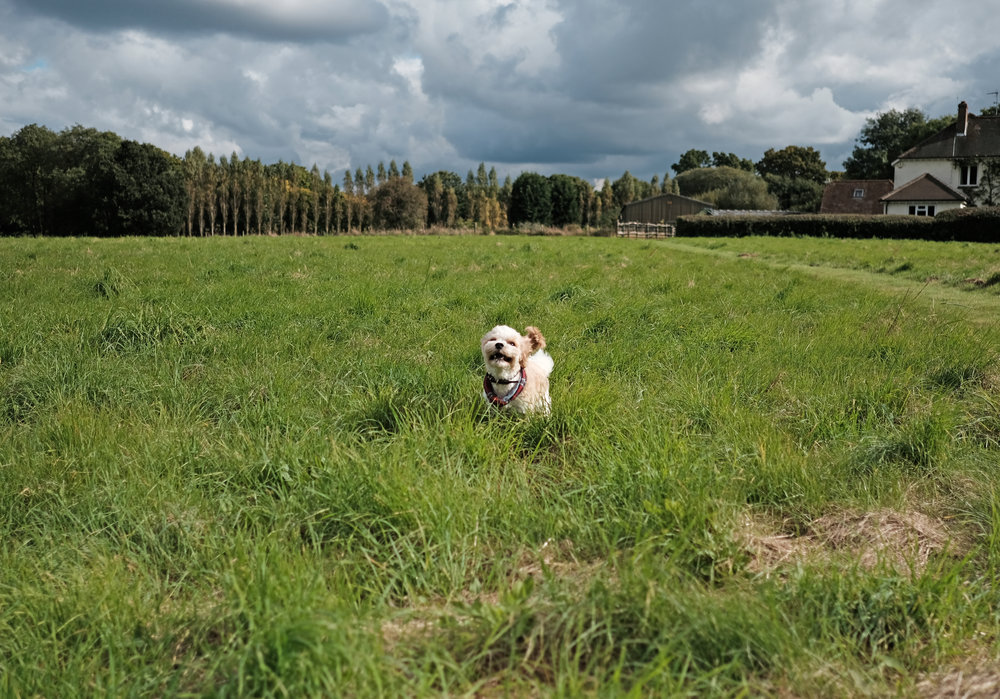
While I agree that this is a nicely written article, the title is a bit of a misnomer. There’s no such thing as a "must have" lens. I use the 27, 35, 56, 90, 70-200, 18-55 and I can live without this.
The title isn’t meant to be taken too literally. That said, I also have, or have had, all the lenses you list, and still wouldn’t be without this particularly handy compact prime. Horses for courses, I suppose.
"there is little point in comparing the X100T with the X-Pro2 and its larger sensor. "
"What I would also say is "watch this space”. The larger sensored X100F is not that far off…’
Are you confusing more megapixels with larger physical sensor size?
Well spotted that’s my loose use of language. I am conflating – not confusing – MP and sensor size. I mean MP. Fuji will not at any point move from APS-C in the X-Series.